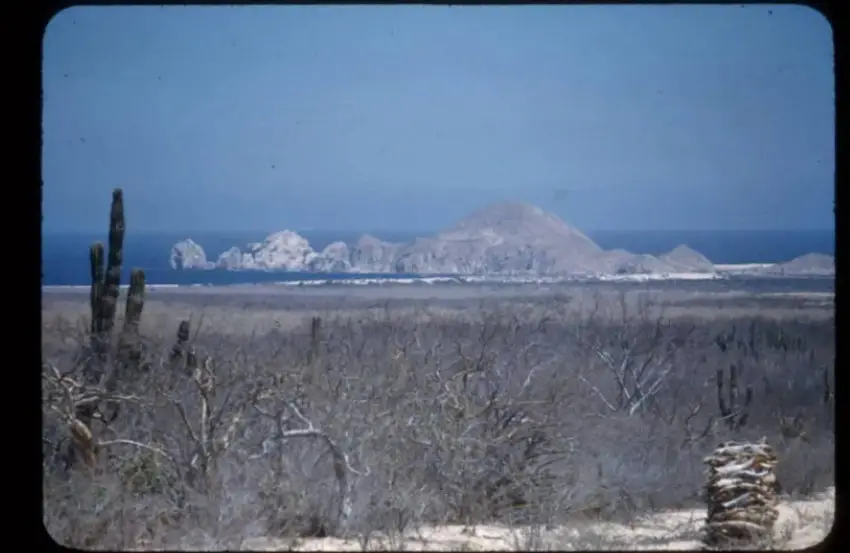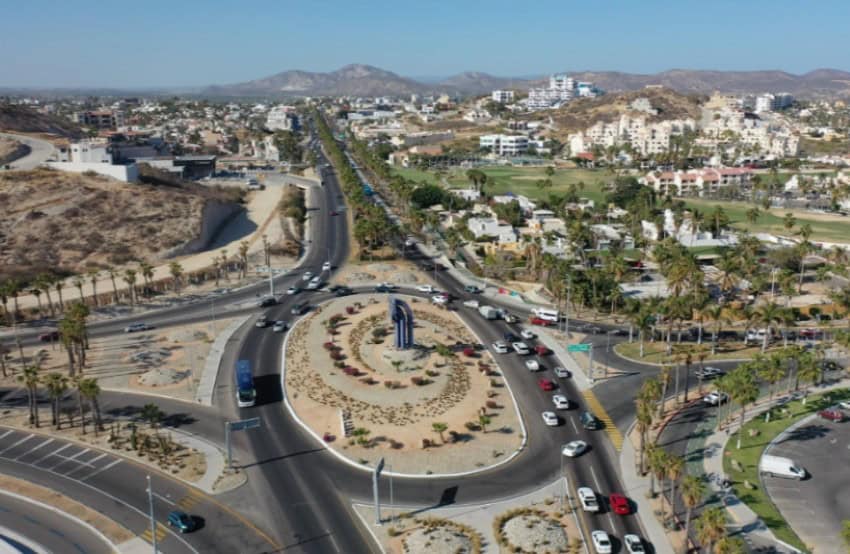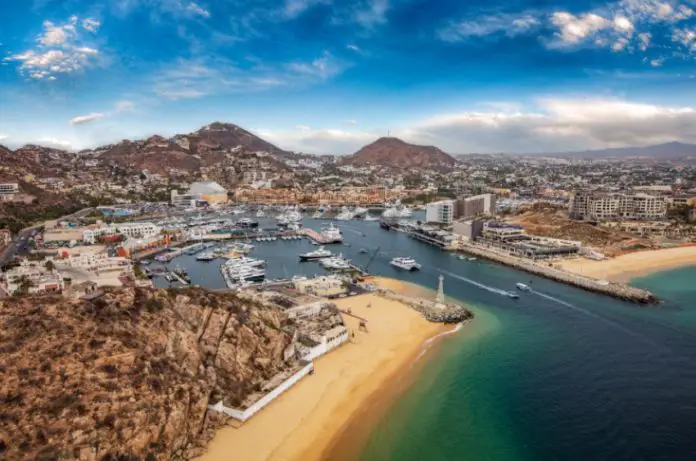To say Los Cabos is experiencing rapid population growth is a massive understatement. Between 2010 and 2020, the population in the municipality that’s home to cape cities Cabo San Lucas and San José del Cabo grew by 47%, increasing from 238,487 residents to 351,111. To put that percentage in perspective, the population of México as a whole grew by a little over 11% during the decade from 2010 to 2020.
However, it bears noting that this Los Cabos population explosion pales compared to the one from 2000 to 2010 when the growth rate was an astonishing 126%. Yes, the population in Los Cabos more than doubled in 10 years, growing from 105,469 residents to 238,487. It also pales compared to the decade before that (1990 to 2000) when Los Cabos’ growth rate was a jaw-dropping 140% — as the municipality’s population spiraled from a mere 43,920 residents to over 100,000 (105,469, to be exact).

Is this growth sustainable?
These numbers, courtesy of the Gobierno de Baja California Sur’s 2023 Secretaría de Turismo y Economía report on Los Cabos paint a remarkable picture. From 1990 to 2020, the population grew from just over 40,000 to more than 350,000. Nearly half the people in Baja California Sur (44%) now live in Los Cabos, one of five statewide municipalities.
If you’re a long-time vacationer to Los Cabos and feel the destination looks markedly different each time you visit, you’re not alone in this perception. Locals, naturally, can more clearly see what’s happening, as they see it daily. Construction projects now proliferate in the cape cities, and each time we walk or drive by new apartment buildings, hotels and resorts, real estate developments, and golf courses, we see them inching a little closer to completion — with more projects coming up behind them.
Such phenomenal growth begs some serious questions. The first one that comes to mind is this: Is it sustainable? It’s hard to believe it is given that Los Cabos already operates at a deficit in terms of its water supply. According to the Plan Municipal de Desarrollo (Municipal Development Plan) for 2021 to 2024 issued by the government of Los Cabos, local aquifers can’t recharge themselves quickly enough to meet demand. Of course, another major desalinization plant is expected to come online next year, but that brings other problems. For starters, it will kill lots of fish. You know, the reason tourists came to Los Cabos in the first place.
The chicken or the egg?
Here’s another question: Is the phenomenal spike in tourism in recent years driving population growth through a demand for new workers, or is the reverse true? Is a skyrocketing workforce making new projects more easily achievable? It’s complicated, but the number of tourists is, like the population, spiraling ever upwards. As Rodrigo Esponda, Managing Director of the Los Cabos Tourism Board, told Travel Age West, 34% more people are visiting Los Cabos this year than five years ago, and the average daily resort room rates have shot up 60% during the same timeframe. Los Cabos is white-hot in popularity, a fact reflected across the hospitality and construction sectors, where the greatest proportion of local jobs (38.5% and 15.5%, respectively as of 2019) are found.

The demographics of Los Cabos
Where are all the new people moving to Los Cabos from originally? There are fewer from the U.S. than you might think. Despite all the real estate sales and the growth of the digital nomad lifestyle, only 1,452 of the 63,440 new residents from 2015 to 2020 hailed from the U.S. Yes, that’s significantly more than any other country. Cuba provided the second most foreign-born Los Cabos residents during that period, with 144. Still, it bears noting that the expatriate population has remained remarkably stable in recent years.
Just over 17,400 extranjeros live in Los Cabos (more than 10,000 of them from the U.S.), with another 1,700 from the U.S. in residence on temporary work permits. Thus, U.S. expats account for only about 3% of the local population, and foreign-born residents around 5% overall.
Most Baja California Sur residents (55.8%) moved from other Mexican states. Many undoubtedly came to seek better opportunities and higher-paying jobs in the booming Los Cabos tourism sector. Guerrero, Sinaloa, and Estado de México account for about half of these new arrivals – with the Los Cabos population now boasting slightly more men than women (180,944 to 170,167). This population, generally speaking, is quite young. The top two age ranges represented are 25 to 29 and 29 to 34, as one might expect given the influx of workers from other areas of México.
Which cities or towns in Los Cabos are the fastest growing?

Although Los Cabos has experienced rapid population growth sustained across several decades, it hasn’t proven consistent for all the towns and cities (there are but two of these: Cabo San Lucas and San José del Cabo) located within the bounds of the municipality. Smaller communities like Buenavista, Miraflores, and Santiago have seen marginal or, in one case, negative growth. Santiago saw its population decline by 139 residents from 2010 to 2020, dropping from 783 to 684. Meanwhile, the nearby farming community of Miraflores grew by 28 residents during the same decade. Buenavista, on the East Cape, added only 12.
It’s the cities where the growth is undeniably evident. Between 2010 and 2020, the population of San José del Cabo nearly doubled in size, going from 69,788 residents to 136,285. However, that’s nothing compared to Cabo San Lucas, where the population almost tripled during the same timeframe, soaring from 68,463 to 202,694. Cabo San Lucas, traditionally smaller than San José del Cabo, has now blown by its cape sister in size.
Will the growth continue?
Los Cabos’ runaway growth shows no signs of slowing down. According to Cuahtémoc Carmona Álvarez, general director of Desarrollo Social (Social Development) for the municipality, the population of Los Cabos, based on current estimates, is projected to reach between 700,000 and 800,000 by 2040. Meaning, the population is going to double. Again.
Chris Sands is the Cabo San Lucas local expert for the USA Today travel website 10 Best, writer of Fodor’s Los Cabos travel guidebook, and a contributor to numerous websites and publications, including Tasting Table, Marriott Bonvoy Traveler, Forbes Travel Guide, Porthole Cruise, Cabo Living and Mexico News Daily. His specialty is travel-related content and lifestyle features focused on food, wine and golf.
